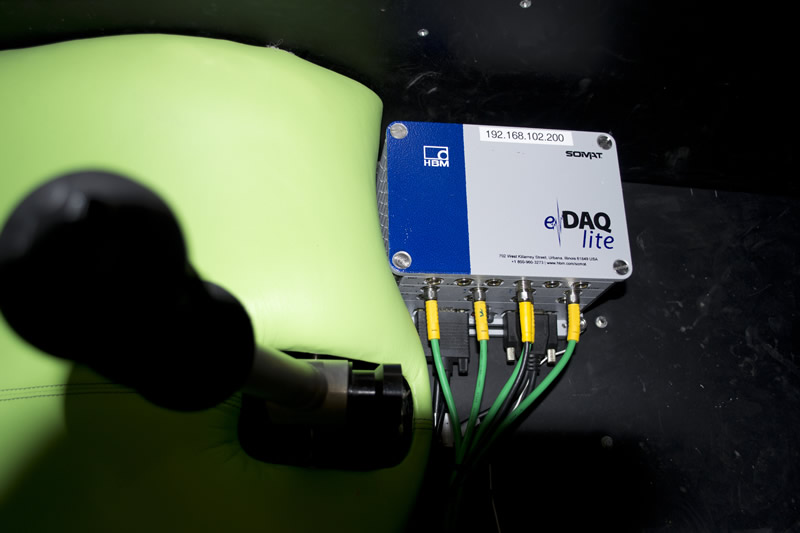Many technological innovations
However, the technical requirements to be met are as stringent as the idea is smart. This is why AKOYA also stands for pure high technology. The LISA Airplanes team, the AKOYA manufacturer located in Le Bourget du Lac in France, provided the airplane with impressive technical innovations.
The already patented "Multi-Access" technology comprises:
- "Seafoil" technology: Two hydrofoils located under the fuselage provide good stability on the water and enable fast and easy take-off. The AKOYA is the only airplane at all using hydrofoils for landing.
- Skis-in concept: A combination of retractable landing gear and skis placed midway up the wheel. This allows landing on snow-covered or rough surfaces.
- Pivoting wings: They enable the airplane to be easily maneuvered or transported.
The airplane's outstanding flexibility and stability is also due to consistent use of particularly lightweight and easily moldable composite materials. For the AKOYA, LISA Airplanes employs, for example, glass fiber, Kevlar, hydrophobic foam and carbon fiber impregnated with epoxy resin. A total of 400 metallic components and 220 composite materials are utilized in the AKOYA. The fuselage is completely made of composite materials.

